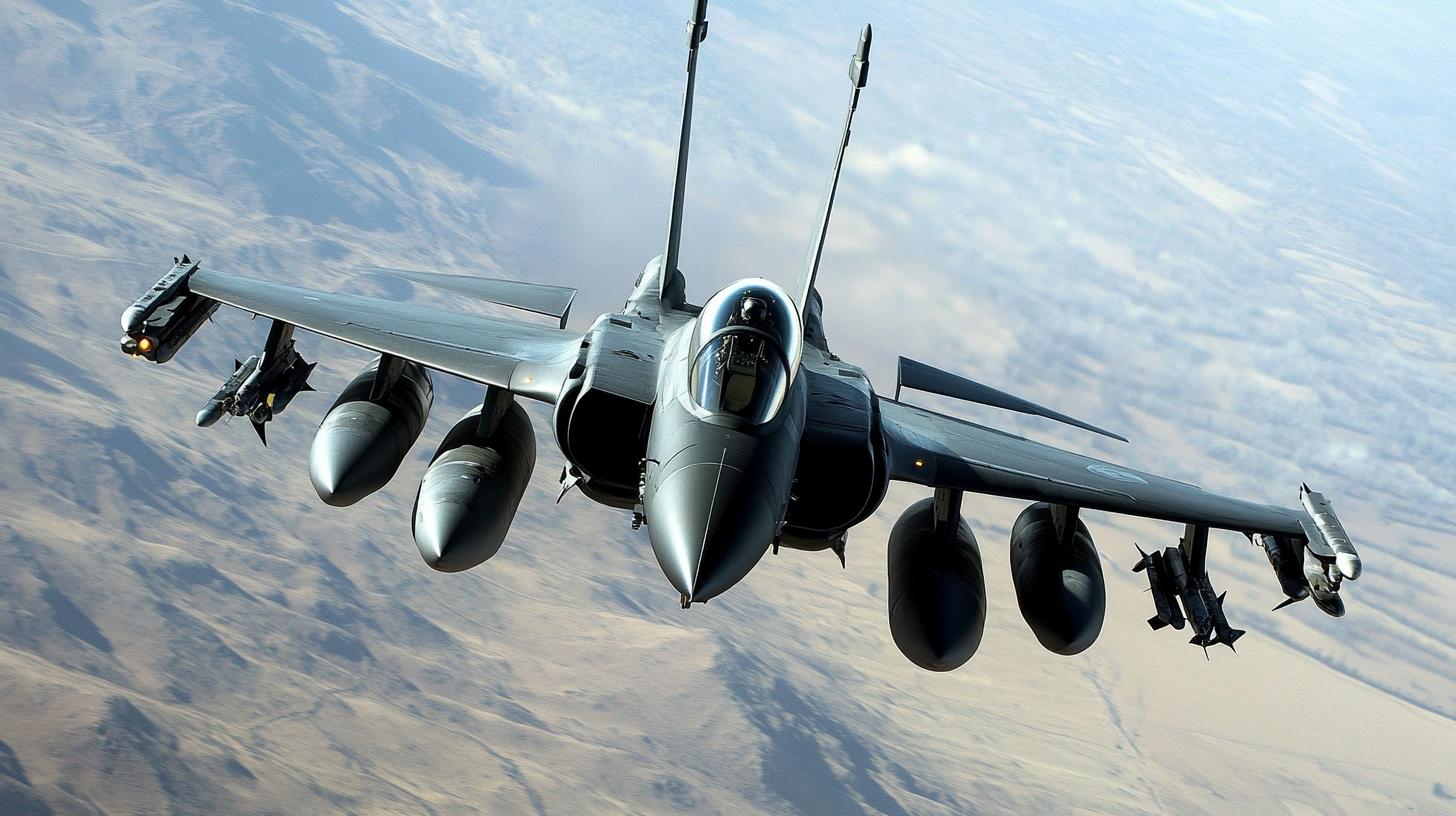In the annals of aviation history, few aircraft stir as much intrigue and amazement as the Yakovlev Yak-141, also known as the “Freestyle.” This unheralded marvel was a Soviet attempt at creating a supersonic vertical take-off and landing (VTOL) aircraft, a feat only a handful of nations have ever sought to achieve.
Developed by the Yakovlev design bureau in the late 1970s, the Yak-141 was designed to replace the earlier Yak-38. Its purpose was to provide the Soviet Navy with an advanced multi-role fighter capable of operating from aircraft carriers and smaller ships with limited runway space. This required a technological leap to develop a highly versatile and powerful aircraft that could take off and land vertically.
The Yak-141 boasted several remarkable features. It could achieve speeds up to Mach 1.7 and was equipped with a lift-jet system allowing it to perform VTOL operations. It was powered by a unique engine configuration, using a main turbojet for cruise and two smaller vertical thrust engines for takeoff and landing.
Although the Yak-141 never reached mass production — its development was halted following the dissolution of the Soviet Union — its legacy influenced modern aircraft design. Its innovations paved the way for future VTOL technologies, and it remains a fascinating chapter in aviation history.
Understanding the Yak-141’s development not only provides insight into Cold War-era military technology but also highlights the daring engineering pursuits of its time.
Forgotten Soviet Jet: The Yak-141’s Surprising Impact on Modern Aviation
Beyond its riveting Cold War story, the Yakovlev Yak-141 left a significant imprint on the future of aviation technology, unbeknownst to many. Known for its avant-garde attempt at supersonic vertical take-off and landing (VTOL), what many don’t realize is how this Soviet innovation has subtly permeated current VTOL designs.
How does the Yak-141 influence our lives today, and why should we care? The Yak-141’s development set crucial groundwork that has impacted both military and civilian aviation sectors. Its pioneering lift-jet system and unique engine configuration have inspired design elements in contemporary aircraft, such as the F-35B Lightning II, which also utilizes a similar vertical take-off and landing ability. This technological echo underscores how innovations often transcend their origins, continually evolving and influencing new generations of engineers.
Consider the ecological impact: VTOL technologies, inspired by the Yak-141, are finding applications in developing more sustainable air travel, including drone deliveries and urban air mobility networks. These systems promise to revolutionize how we interact with urban transportation, potentially easing road congestion and reducing our carbon footprint.
What controversies surround these developments? Critics argue about the environmental impact of producing and maintaining these sophisticated aircraft. They also raise concerns about the strategic military implications, particularly in developing countries seeking to balance national defense with economic constraints.
For those interested in exploring more about aviation history and technology, visit Lockheed Martin and Flight Global. These resources offer extensive insights into the field, continuing the narrative of how past innovations shape our collective future.






















